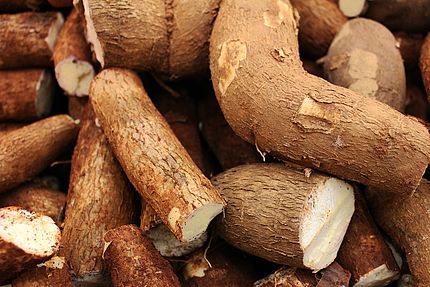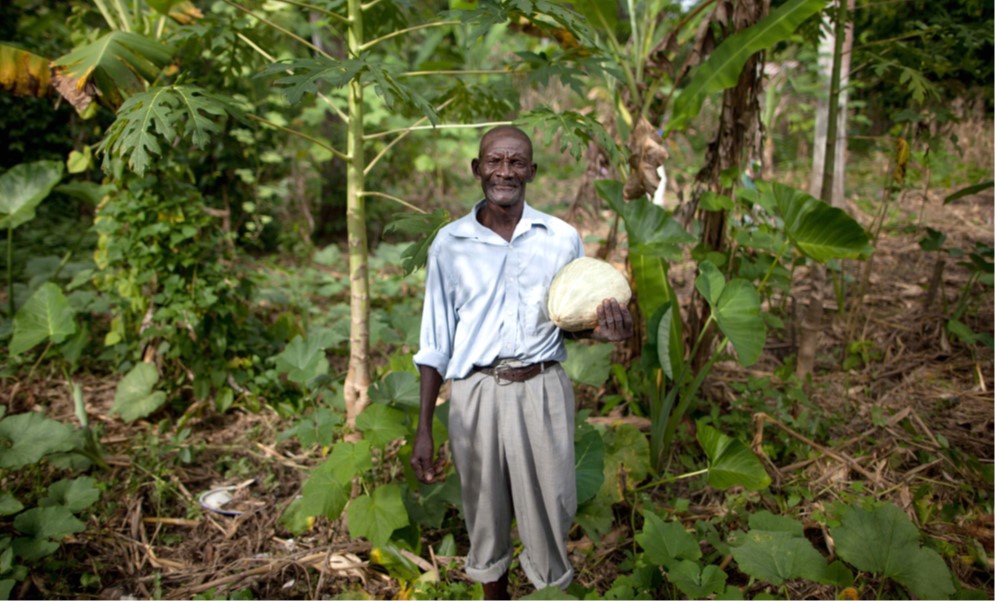LATIN AMERICA
Haiti

Area: 27,750 km²
Geography: Haiti has a tropical, semiarid climate with mountains in the east, cutting off trade winds. Its terrain is mostly rough and mountainous. More than 66 percent of the used land area is under agricultural use, producing sugar cane, cassava, mangoes and guavas, plantains, bananas, yams, avocados among others. Two-fifths of all Haitians depend on the agricultural sector, mainly small-scale subsistence farming, which remains vulnerable to damage from frequent natural disasters. (CIA, 2022)
Land Degradation: Erosion affects over half of Haiti’s territory, a consequence of an alarming rate of deforestation, combined with inappropriate agricultural practices. 6% of the land, or 166,500 hectares, is considered to be severely eroded. (FAO, 2022)
Sustainable Land Management: In 2015, Haiti has established its national voluntary Land Degradation Neutrality (LDN) targets with the ambition to achieve LDN by 2030 through soil conservation measures, reforestation and sustainable water management. (UNCCD, 2015)

ELD ACTIVITIES
-
Case Study (2023)
Title: Agroecological farming in Haiti: A poverty crisis solution
Content: The study presents a comparative economic analysis of agroecological and conventional farming systems in the Northern Plateau of Haiti and highlights how government and non-governmental organisations can support farmers in transitioning to sustainable food production. These are relevant and timely findings in the light of one of the worst hunger crises that the country has known. The study was conducted in cooperation with PDL, Groundswell International and Altus Impact.

CONTACT
ELD Secretariat
E-Mail: info@eld-initiative.org
